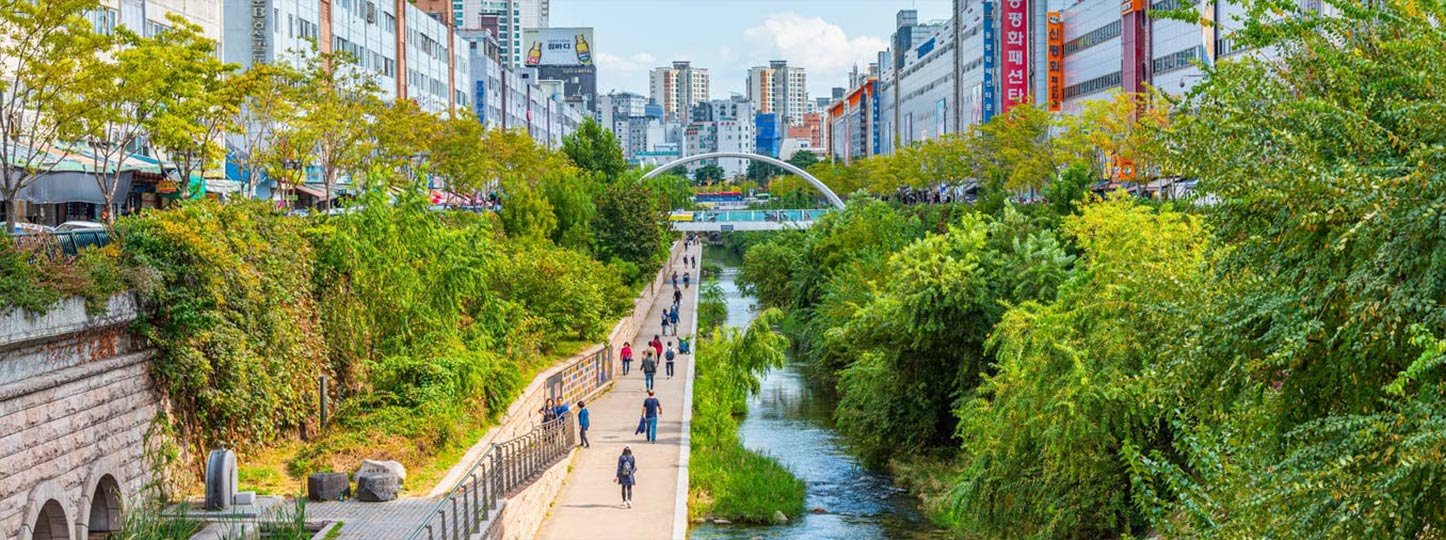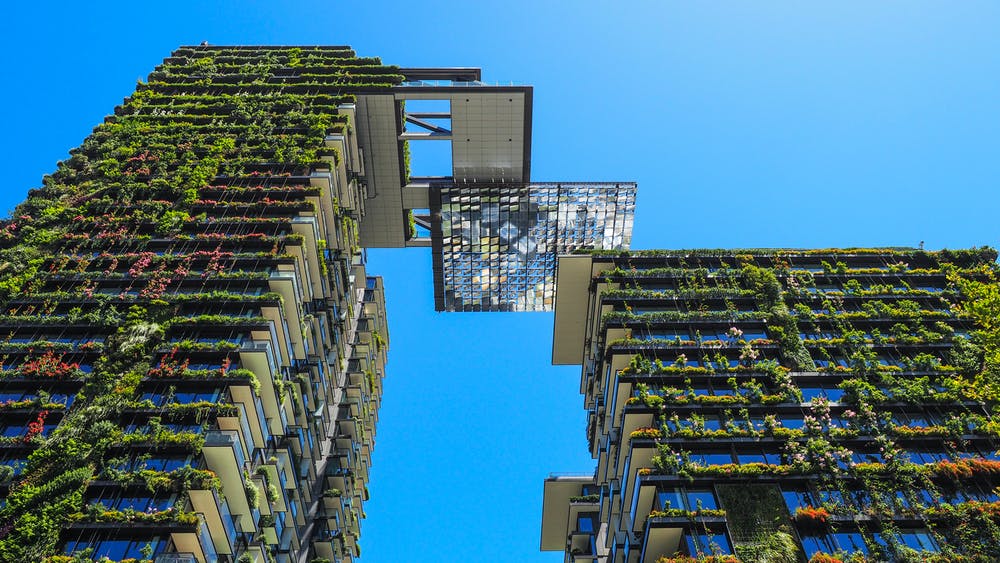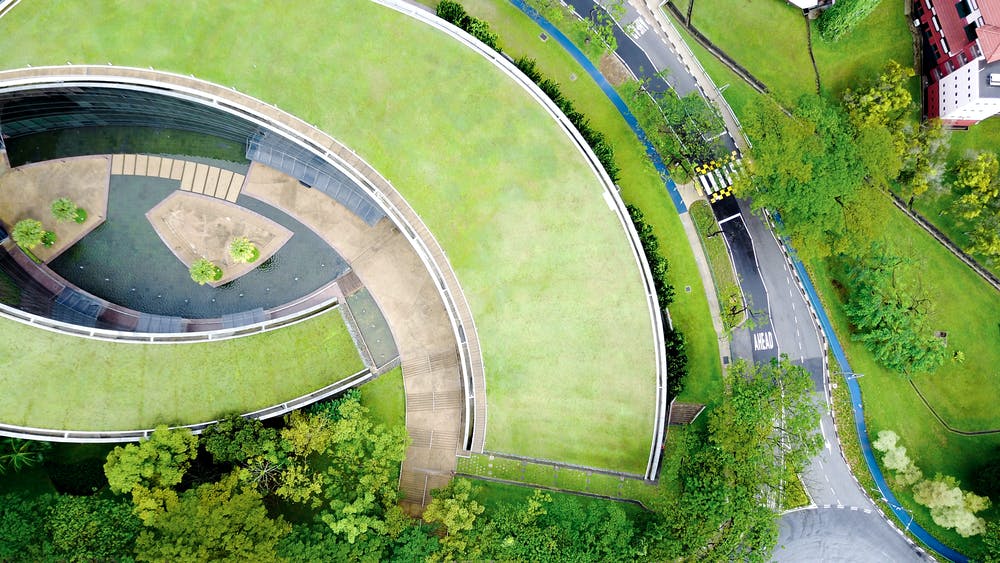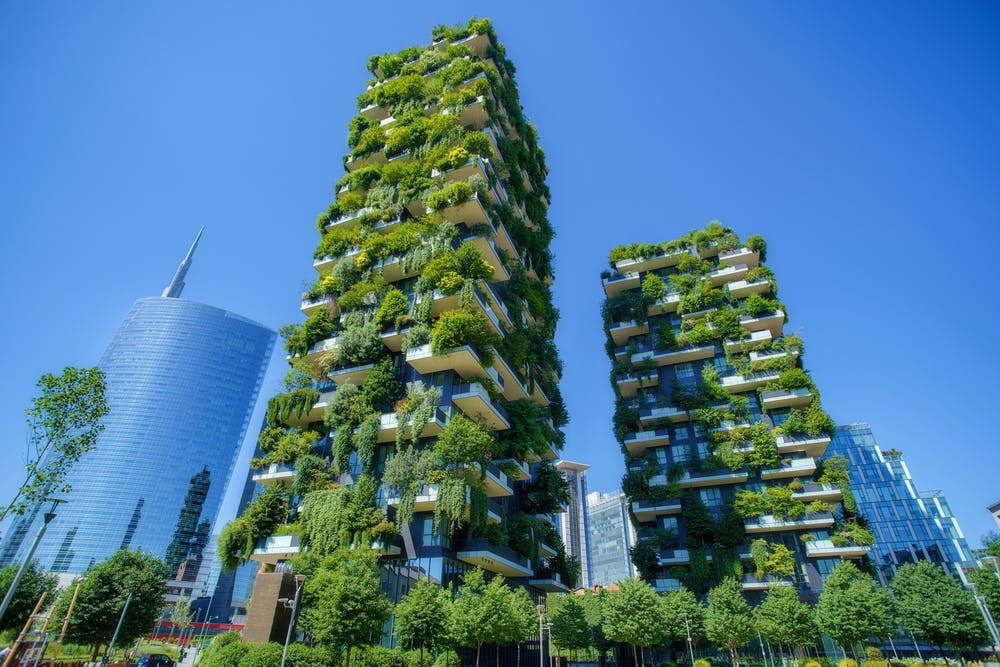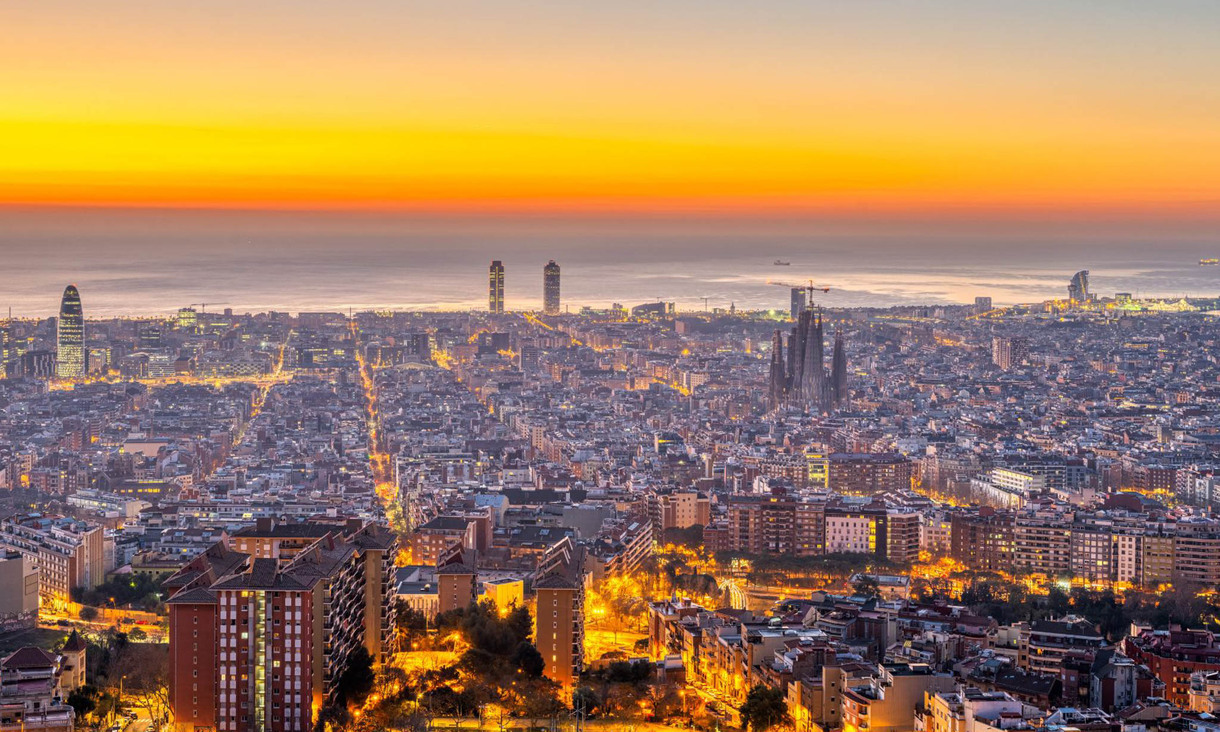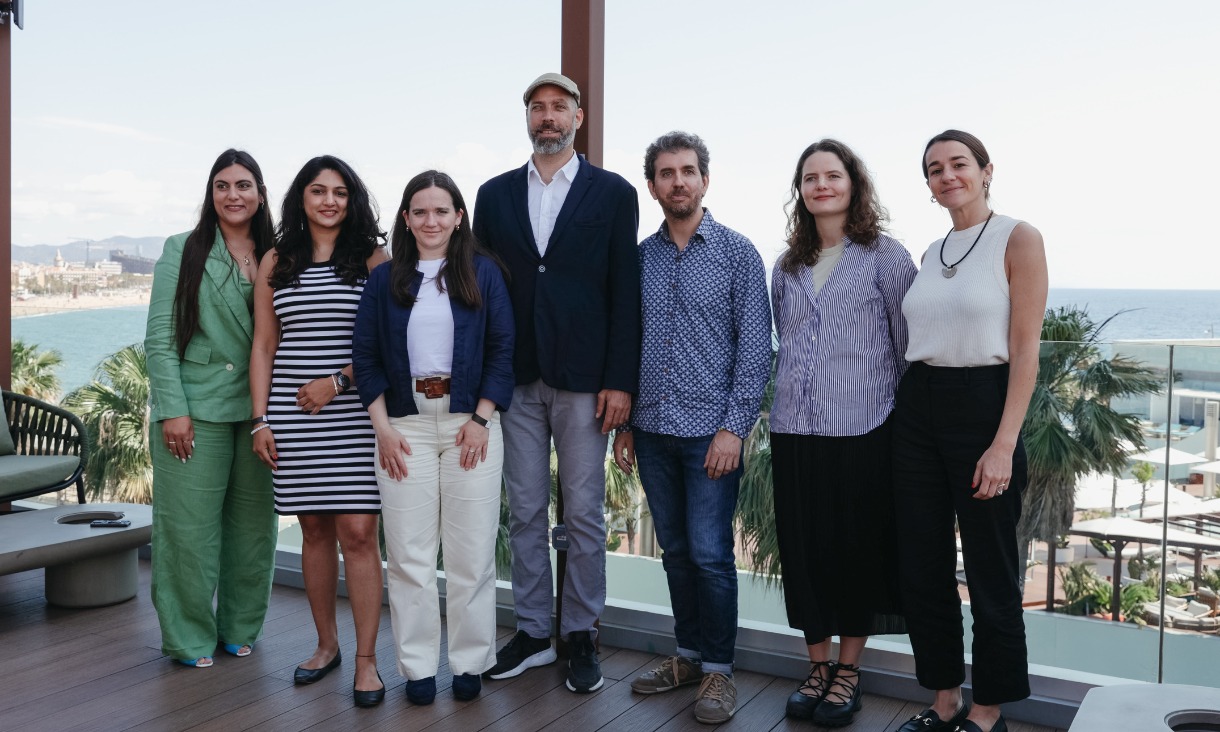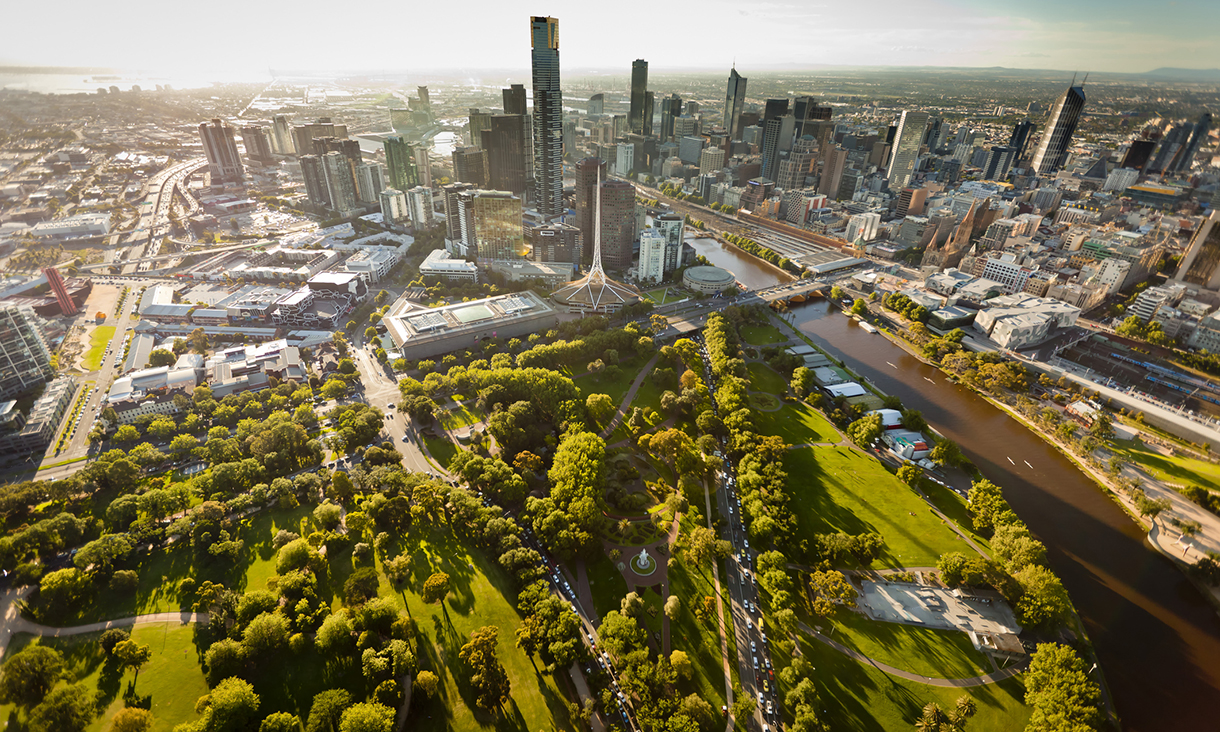Urban design in a climate emergency: Barcelona’s Superblocks
Barcelona's internationally renowned superblock model is aimed at improving the sustainability and liveability of the city for people, place and planet.
Hot cities: Collaborating for climate justice
As our cities heat up, we must urgently find ways to think and act differently to better address the impacts of climate change particularly for those most marginalised, according to RMIT urban futures expert Professor Wendy Steele.
Emerging city leaders in Europe join new leadership initiative led by RMIT and EIT Urban Mobility
A new leadership program designed to cultivate the next generation of high-potential leaders working at the forefront of urban transformation in Europe's public sector was launched this month in Barcelona by RMIT Europe, RMIT Forward and EIT Urban Mobility.
Planning technology key to building climate resilience: reports
Leading planning and geospatial figures are calling for a coordinated approach to digitising and streamlining Australia’s urban planning systems.
